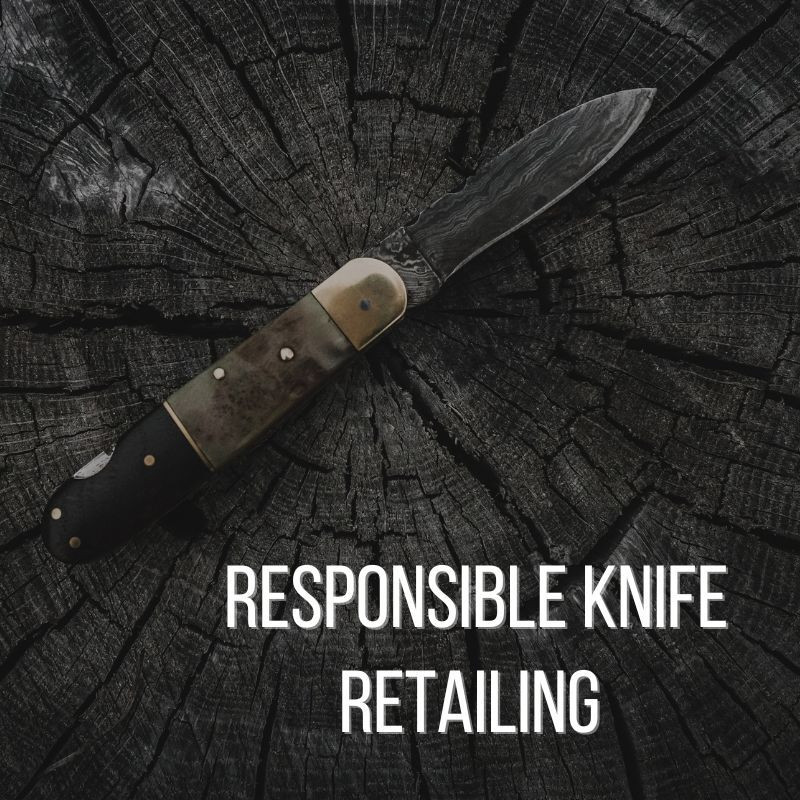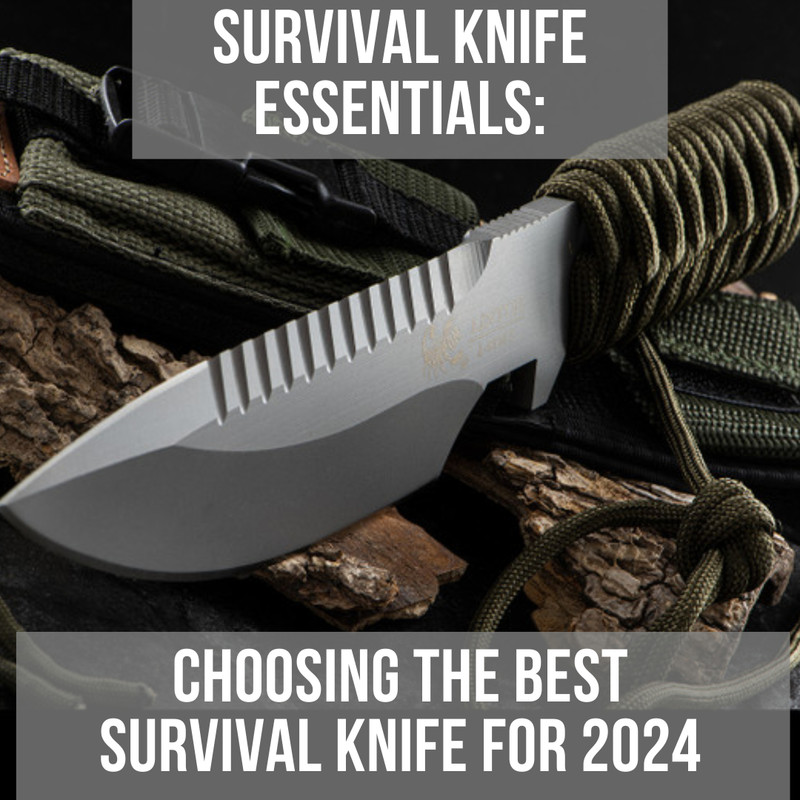A Basic Guide to Safe Knife Use
Posted by HH on 26th Sep 2022
Here at Heinnie we’re keen to make sure that our experience and advice is on hand to ensure that you, our customers, are supported with the knowledge and information needed to safely operate your brand new knife or tool.
Responsible knife use and safety is paramount, whether you are around the house, the workshop, camping or exploring. It is your duty to take care of yourself and others when carrying and using a knife, especially if in areas where medical assistance isn’t easily accessible. To help you out, we have compiled a starters’ guide of instructions and steps you should take to protect yourself and others when handling.
A sharp knife is a safer knife
Yes. You read that correctly. You may be thinking, ‘Is this REALLY responsible knife use’? Trust us!
Although you might feel that a sharp knife is dangerous, it is a much safer tool than using a blunt knife. When using a blunt knife, a person uses more force and effort and accidents are more likely to happen. Your chances of slipping also increase and this can lead to an injury. Avoid using a blunt knife and ensure you carry a blade sharpener with you, if you are exploring.
At Heinnie we offer a range or sharpeners that can be used in the home, shed or out and about. The Lansky Turn Box 4 Rod is a quick and simple knife sharpener. It also has the advantage of being able to pack up neatly into its compact box
Alternatively if you are out and about then these Fallkniven whetstones slip perfectly into a pocket or bag.
Finally, for a more focussed and serious sharpening systems then you can’t go far wrong with the Spyderco Tri-Angle Sharpmaker. It includes all the guides needed to assist and has the added benefit of packing away neatly when not in use.
Use the right tool for the job
You wouldn’t use a spanner to screw in a shelf, just like you wouldn’t use a hammer to drill a hole, the same sentiments can be applied here.
You need to use the right knife for the task at hand. Ask yourself, is the blade thick enough for the demand of the job? Remember, a blade with a thickness under 2mm is usually not sturdy enough for those more strenuous tasks, just like a machete blade is too thick to carve wood.
Be aware of your surroundings
Whether you’re around the home, on a survival adventure, a bushcraft course or a camping retreat, you must always be aware of your surroundings, otherwise you, or another person could end up in a very unfortunate situation.
The ‘triangle of death’ (the area between your knee and your crotch) and the ‘blood bubble’ (the 360 degree radius surrounding yourself, up to 1-2 meters out) need to be things that you’re constantly aware of. Ensure that vulnerable individuals, including children or pets do not come within your bubble and protect yourself when you carry a knife.
Always store the knife in its sheath
When buying a knife, a sheath should be accompanying it no matter what. Your knife should be stored in the sheath when not in use. You shouldn’t leave a sharp knife lying about, or if it were just in your tool box, for example, you could cut yourself when rummaging for it. An accident is more likely to happen if your knife isn’t kept in its rightful sheath.
It also adds protection when out adventuring, as you are less likely to lose it and if you were to trip or fall, you may end up with a knife where you don’t want it.
Many of our knives come with a sheath but we also offer a full range to provide additional protection and carry options. These include the versatile heavy cordura zip-up knife pouch ideally suited to fixed blade knives.
For smaller folding knives then you don’t need to look much further than the stylish MAM Slip Pouch that is available in two colours.
Safely withdrawing your knife from its sheath!
When taking the knife from its sheath, you must make sure that your hand holding the sheath is completely away from the blade, otherwise your fingers could be in a huge amount of trouble. A lot of people have the tendency to wrap their entire hand around the sheath, as if they are a movie character, but that is incorrect and a very dangerous method.
Safe working should be the way you approach handling a bladed article, treating it like a job depends on it can make you think more clearly.
Make sure the blade is turned away from your hand and carefully remove it from the sheath. This is good practice in knife safety and will become second nature to you.
Handling your Knife
Holding a knife is just like holding a hammer. Literally. A simple hammer grip is the best way to hold your knife when in use. Your first should be firmly wrapped around the handle, with none of your fingers sticking out.
Make sure that your thumb, nor your index finger are on the spine of the blade. This is the safest and most responsible way to use a knife, as there’s less of a chance that you slip and cut yourself.
And there you have it. All the steps to ensure that you are safe and sound with your new tool. Be responsible and stay safe.
It's also worth reading up on the Offensive Weapons Act 2019, just to make sure you know your legal rights and can act responsibly.
Level up your knife safety with our expert trusted sheaths & holsters







